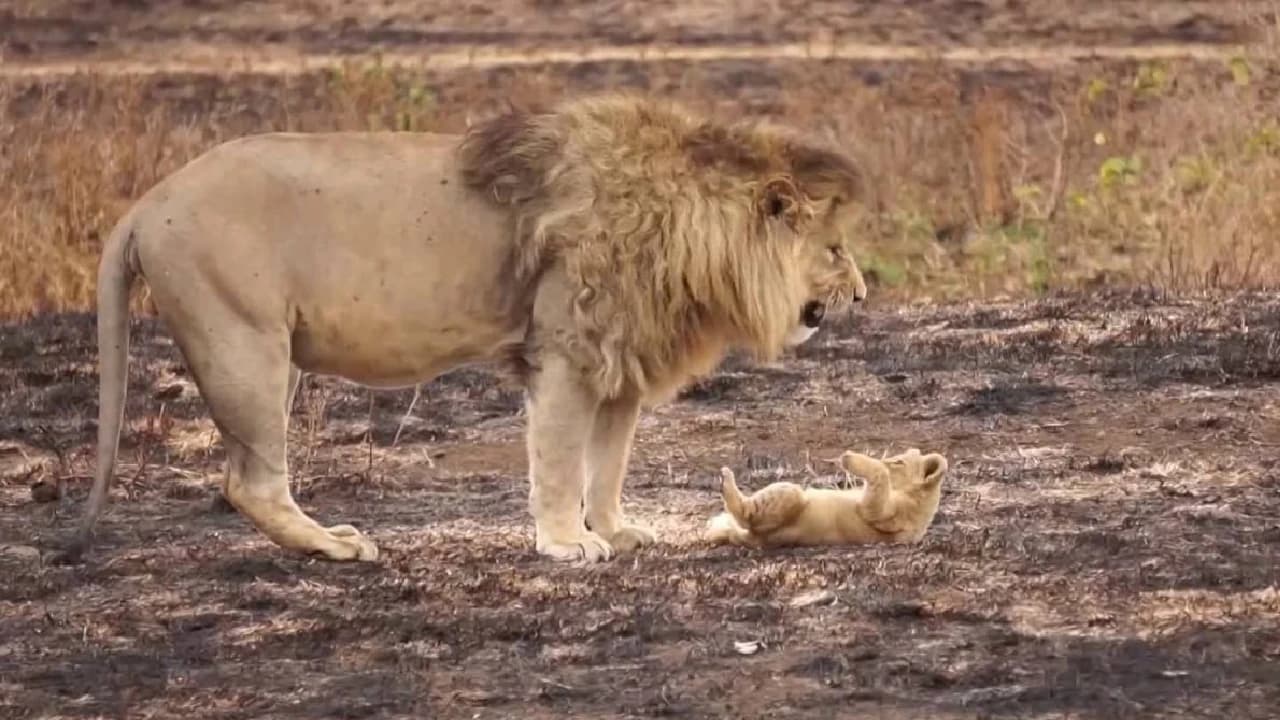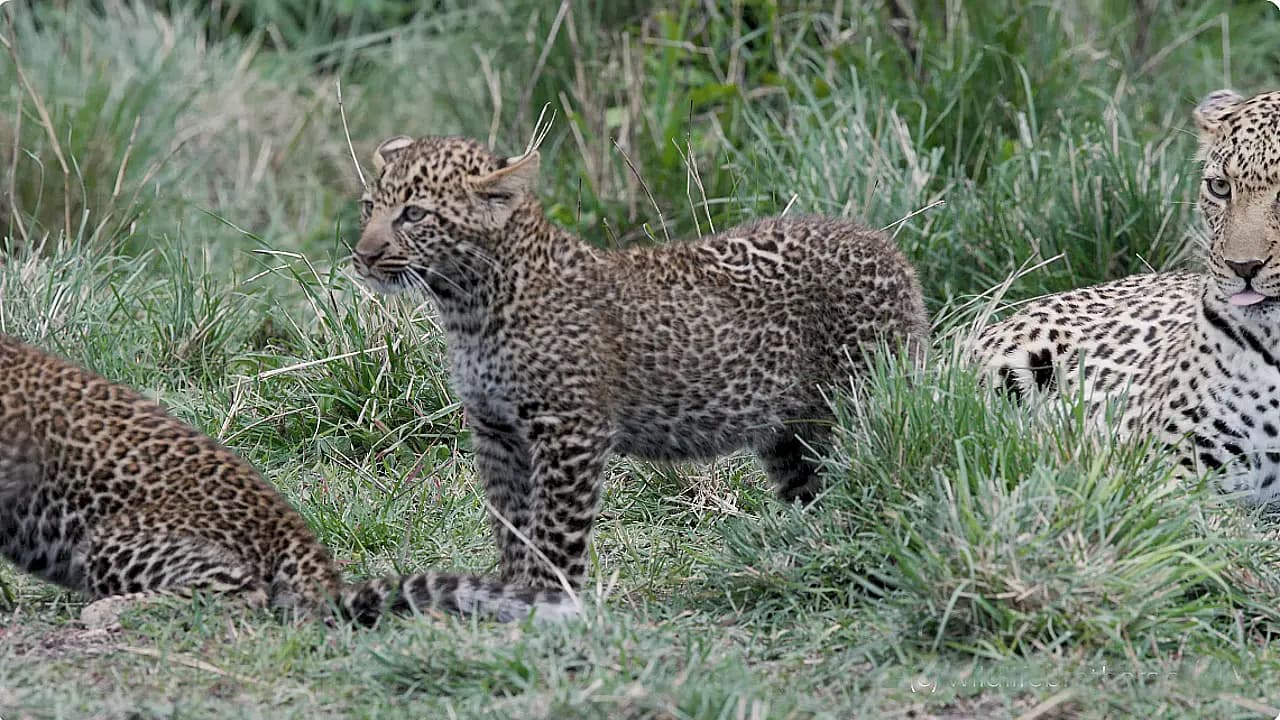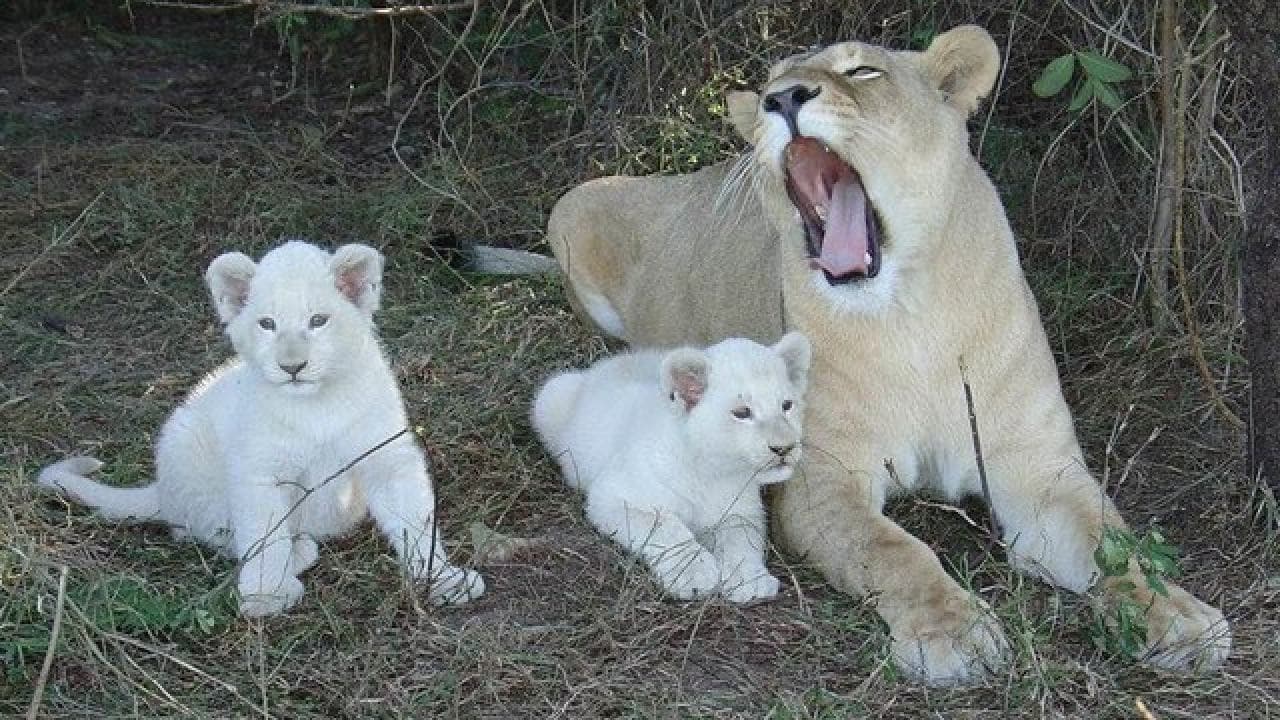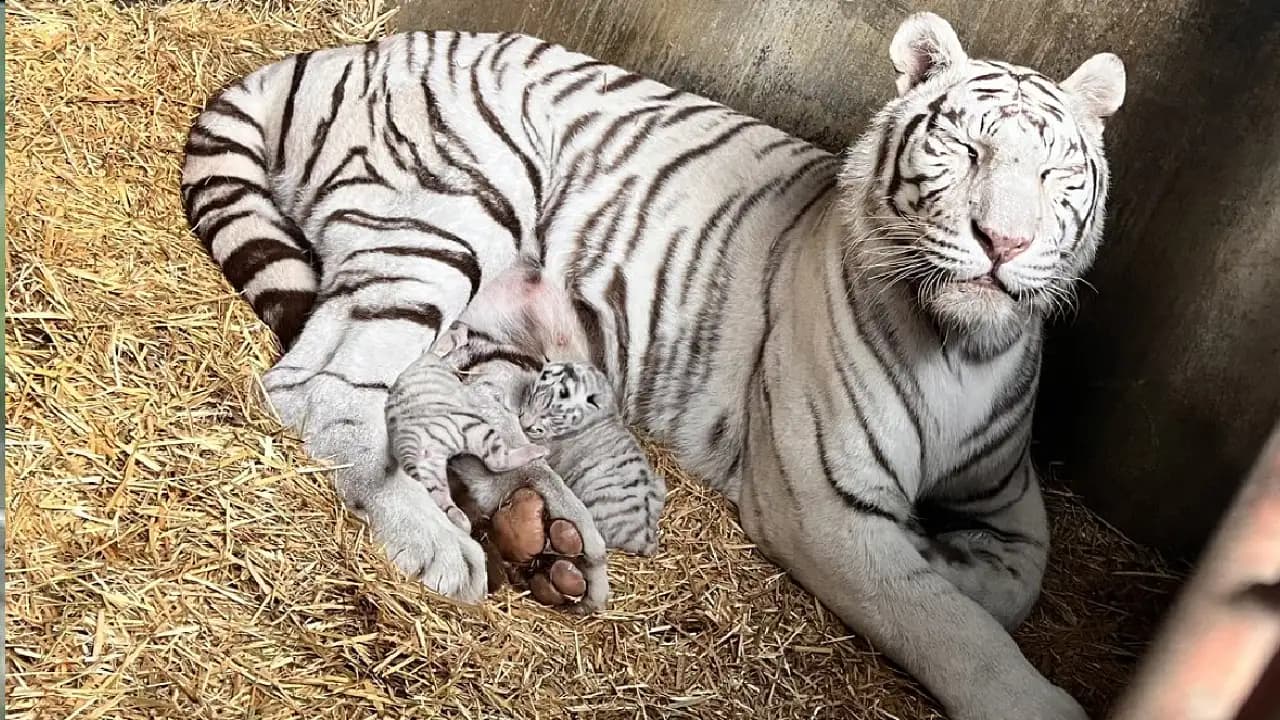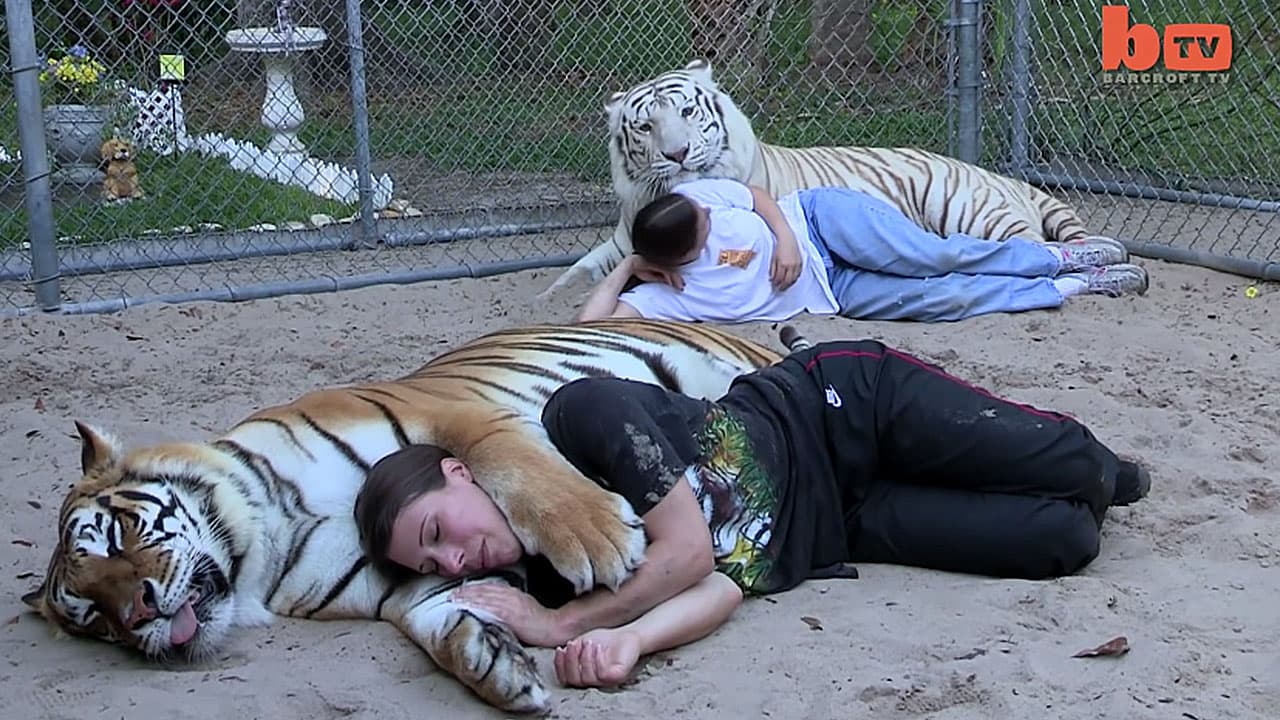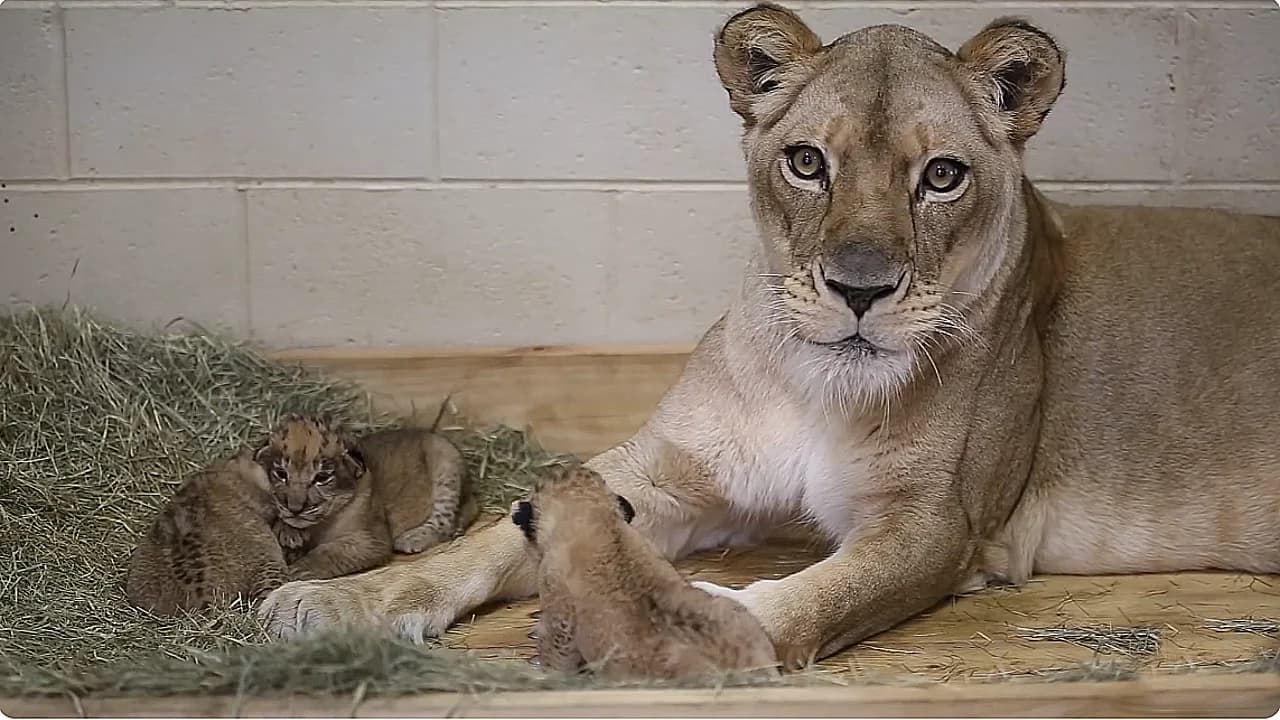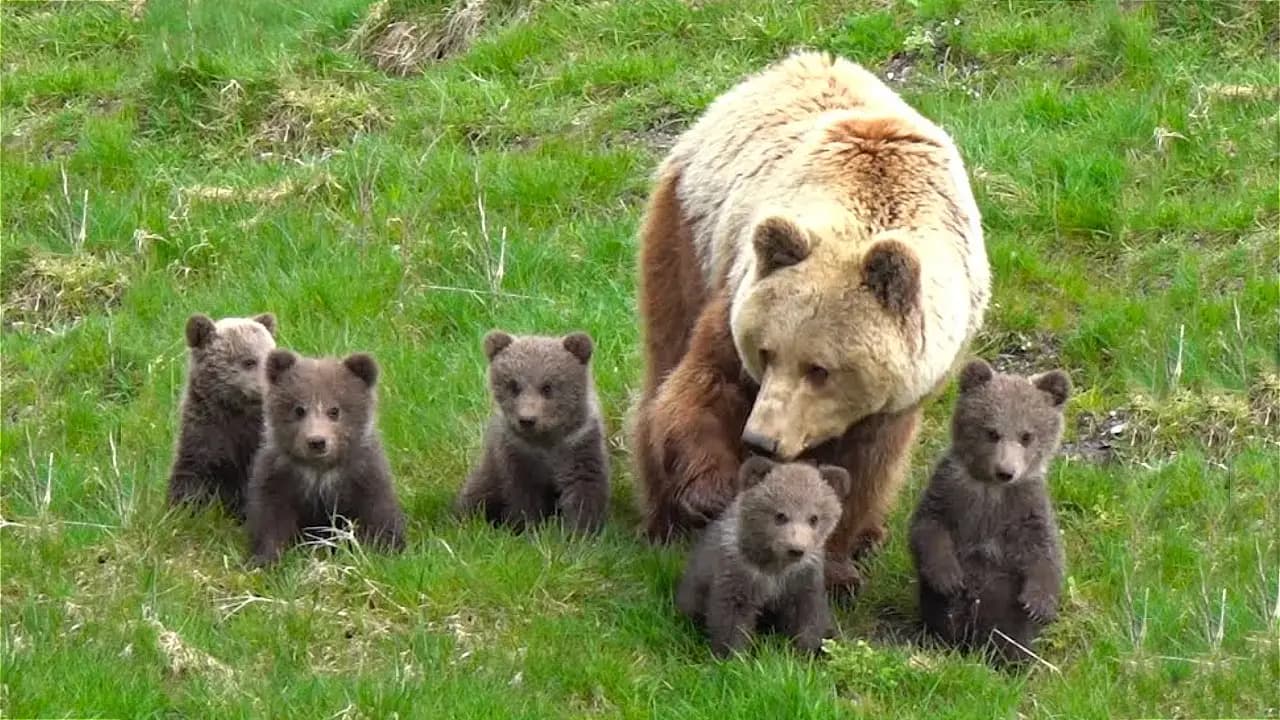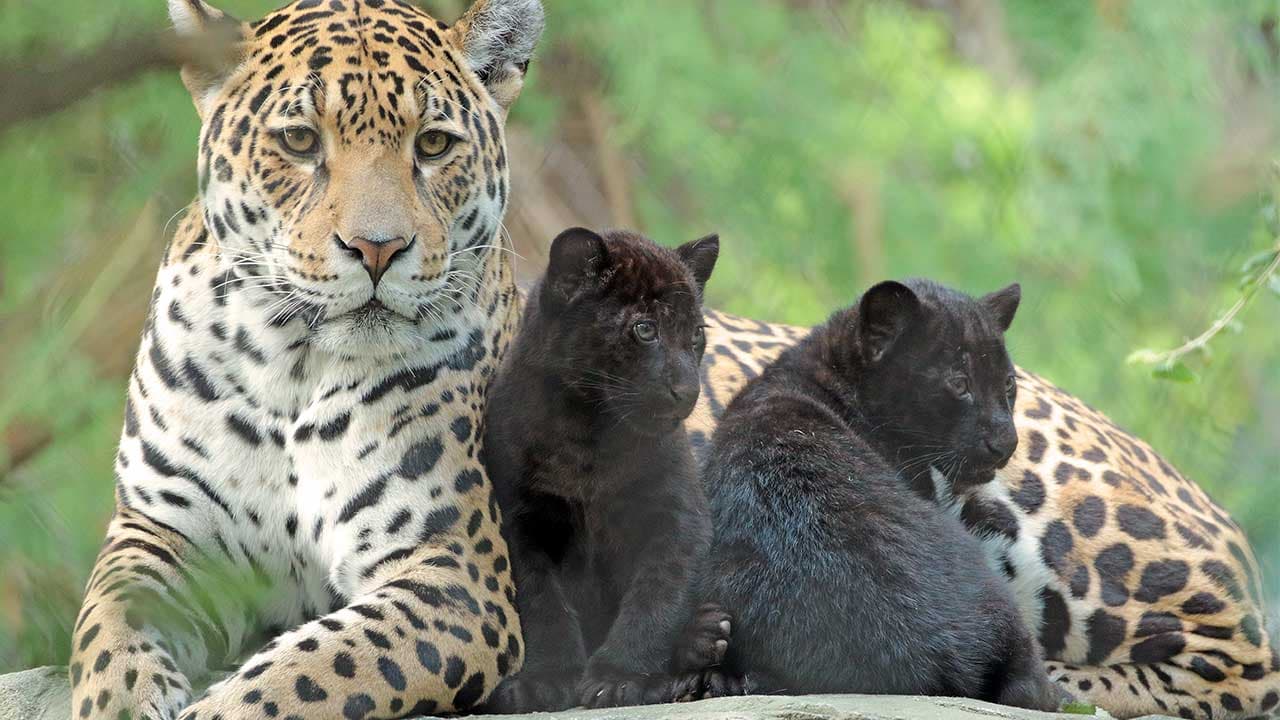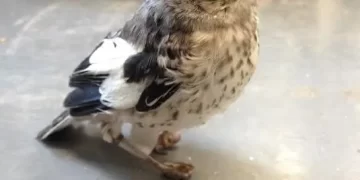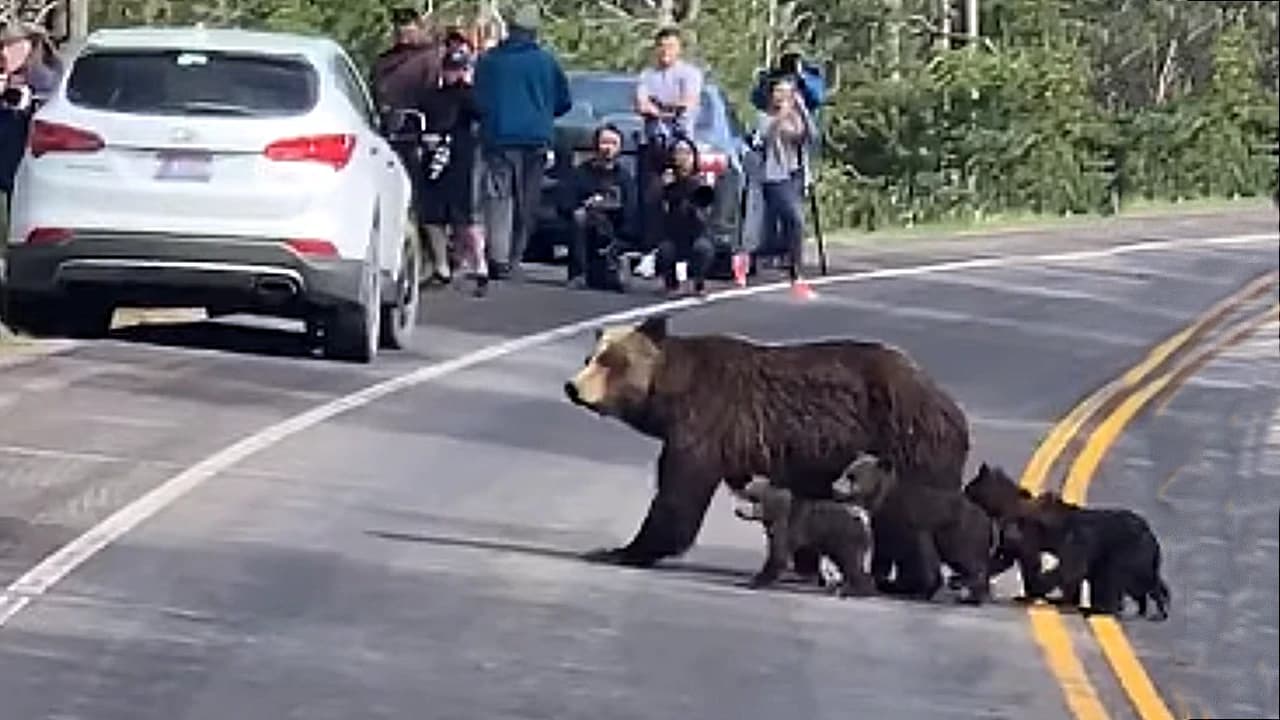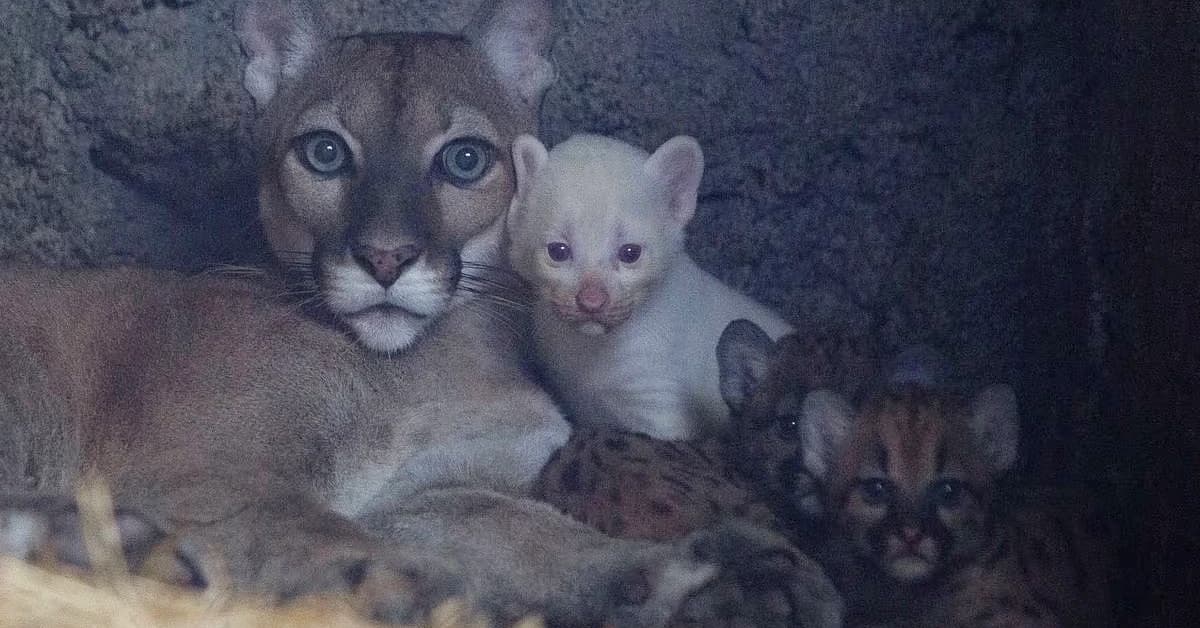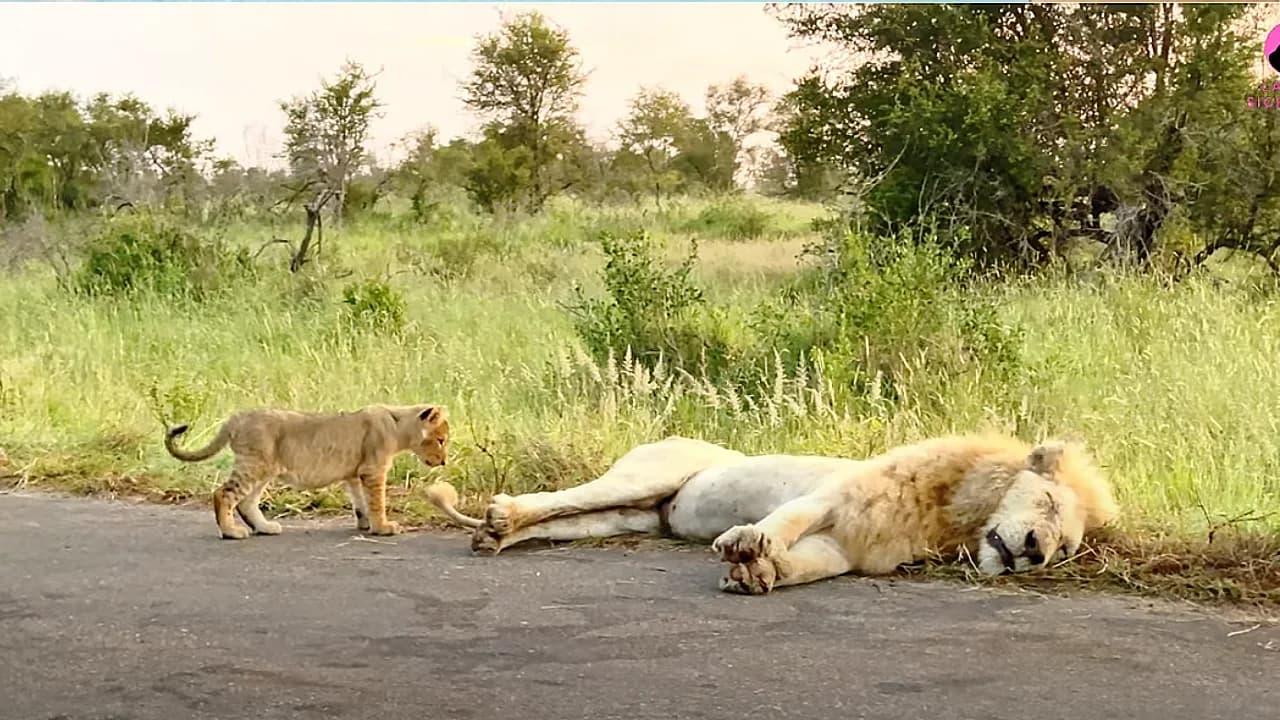
A young lion cub, full of playful energy, engages in a spirited chase after its own tail. With boundless enthusiasm, it pounces and swats at the tail, its small body rolling and tumbling in a display of unrestrained excitement. The cub’s curious eyes are fixed on the elusive appendage as it attempts to catch it, its little paws swiping through the air with a sense of determination. The innocent joy radiating from this playful moment showcases not only the cub’s natural instincts but also its desire to explore and interact with the world around it.
The tail, ever so elusive, seems to taunt the cub as it twists and turns in its attempts to seize it. The young lion’s movements are clumsy yet full of enthusiasm, embodying the spirit of youthful exuberance. Each playful roll and leap underscores the early stages of learning and growth, where every movement is a new discovery. The cub’s actions are instinctual, yet they also represent the beginning of a journey toward mastering the agility and reflexes necessary for survival in the wild. In those few moments of wild, innocent play, the cub is honing its skills, preparing itself for the more complex challenges it will face as it matures.
But suddenly, after a few failed attempts, the lion cub halts. It darts away with surprising speed, distracted by a rustling sound in the grass or a movement in its peripheral vision. The shift in focus is almost instantaneous, a reminder of the cub’s keen instincts at work. This burst of energy, this spontaneous sprint away from the tail, highlights the cub’s playful nature but also its alertness to its environment. It is as if the cub’s playful antics were momentarily forgotten, replaced by an instinctive need to investigate the potential source of the distraction.
This moment of sudden change in behavior reveals the dual nature of a young lion’s development: the balance between playful curiosity and instinctual awareness. The cub is not only learning to play but also beginning to refine the skills that will one day serve it in the wild. Agility, quick reflexes, and the ability to remain aware of potential threats are all traits that will be crucial as the cub matures into a strong and capable predator.
In these playful moments, we see the heart of a lion cub’s early life—full of innocent joy, curiosity, and instinctual growth. It’s a beautiful reminder that even in the wild, where survival is paramount, there is room for play and wonder as the young ones prepare for the challenges ahead.

